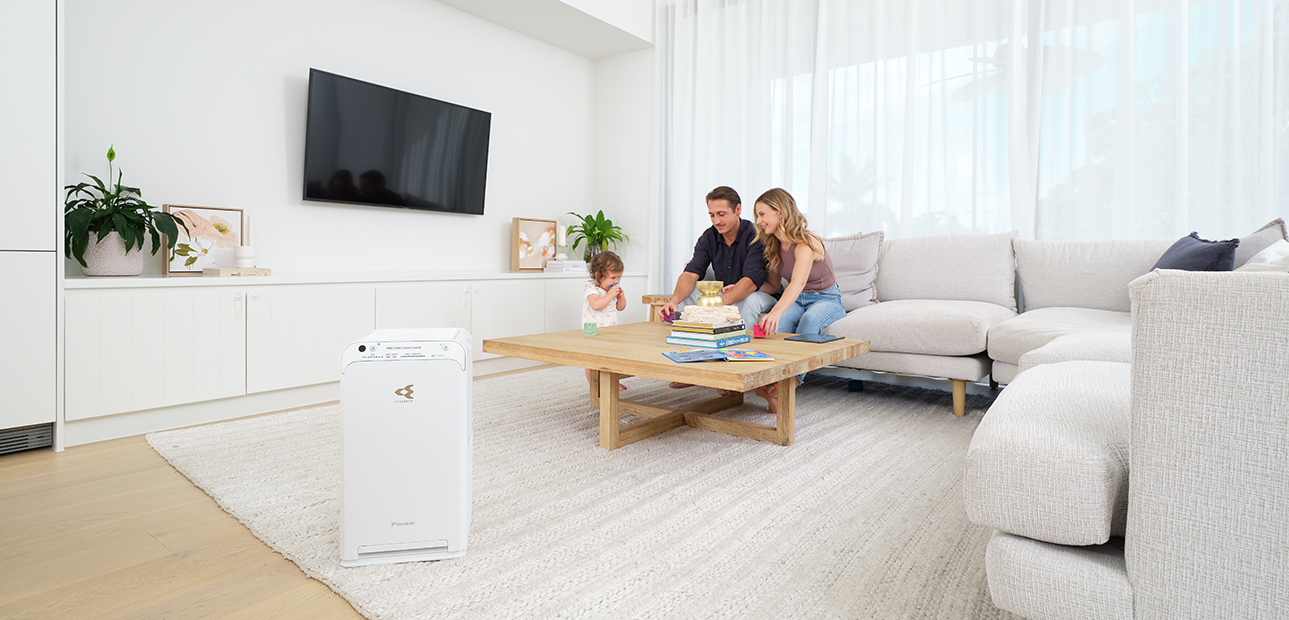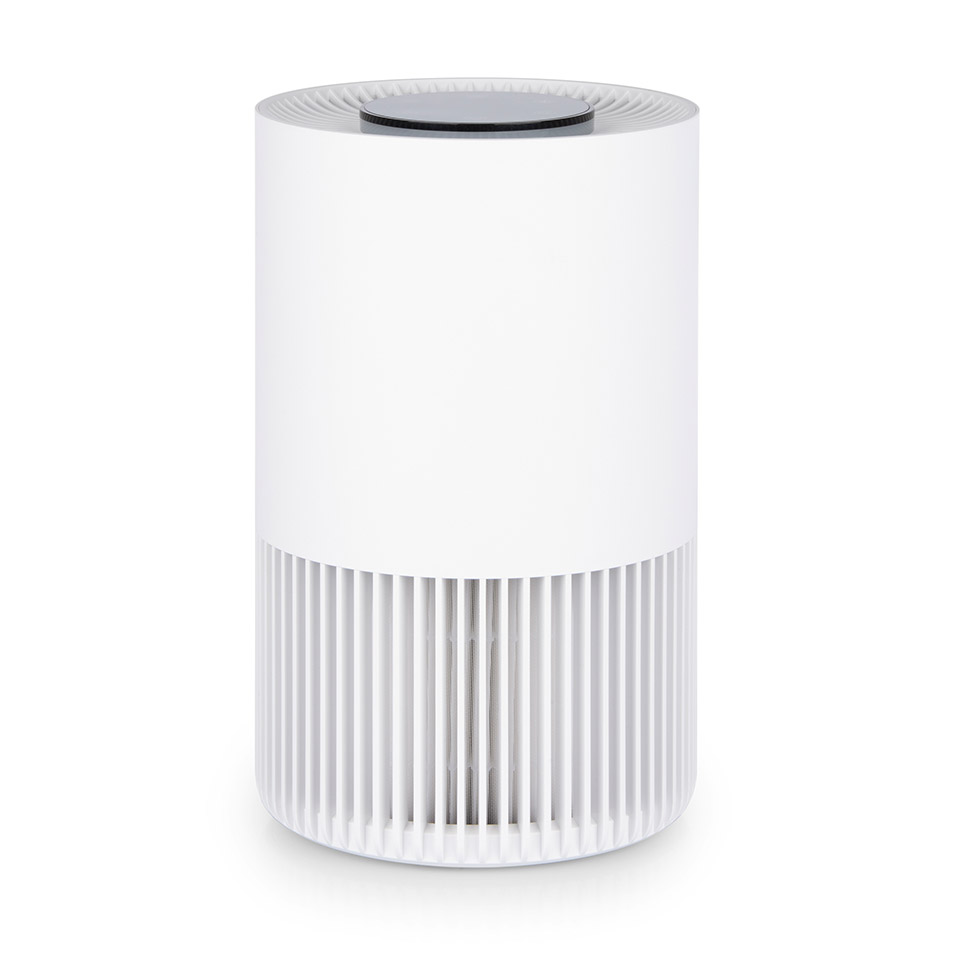Featured
Table of Contents
- – Understanding Mold And Mildew and Its Health ...
- – Can Air Purifiers Help Lower Mold And Mildew?
- – The Science Behind Air Purifiers and Mold And...
- – Are Air Purifiers Right for You When Battling...
- – A Multi-Pronged Approach to Overcoming Mold A...
- – Living Mold-Free: Beyond Air Purifiers
- – When to Hire the Professionals
- – Final Thought: A Breath of Fresh Air and a Mo...

Mold growth in your house can be a genuine problem. Not only does it create unattractive black patches and mildewy smells, but it can likewise cause allergy symptoms and respiratory troubles. Air purifiers are typically recommended as a service, promising cleaner air and lowered exposure to mold and mildew spores. Yet are air purifiers absolutely worth it in the battle against mold? This thorough guide checks out the science behind mold, the duty of air cleansers, and the factors to take into consideration when making a choice.
Understanding Mold And Mildew and Its Health And Wellness Effects
Prior to diving right into air cleansers, allow's shed light on mold and its possible health risks:
- Mold And Mildew Fundamentals: Mold is a fungus that thrives in wet environments. It duplicates by releasing spores into the air, which can be breathed in and cause various health issue.
- Health Problems: Exposure to mold spores can set off allergic reaction symptoms like sneezing, coughing, itchy eyes, and a dripping nose. Sometimes, mold direct exposure can likewise bring about respiratory system infections and intensify existing respiratory system problems like bronchial asthma.
- Mold Doesn't Differentiate: While some people are much more sensitive to mold and mildew than others, anyone can experience illness from extended direct exposure.
Can Air Purifiers Help Lower Mold And Mildew?
Air cleansers can play a function in managing mold, but it's vital to understand their restrictions:

- Trapping Spores: Air cleansers with HEPA filters can efficiently record mold spores flowing in the air. This can help in reducing exposure and possibly alleviate allergic reaction symptoms.
- Restricted Influence On Source: Air cleansers do not eliminate the source of the mold and mildew trouble. Mold removal is crucial to address the origin cause and stop more development.
- Dampness Control is Trick: Mold grows in moist settings. Air cleansers do not attend to wetness problems. Without addressing the underlying moisture issue, mold will likely return.
The Science Behind Air Purifiers and Mold And Mildew
While air cleansers can't remove mold itself, some study suggests they can be a helpful tool in taking care of mold exposure:
- A 2012 research released in the journal "Building and Setting" located that air purifiers with HEPA filters significantly reduced airborne mold spore concentrations in a test atmosphere.
- A 2015 testimonial published in the journal "Present Allergy and Bronchial asthma Reports" wrapped up that air purifiers, along with other mold and mildew removal approaches, can be beneficial in minimizing mold-related signs and symptoms in allergic individuals.
Nevertheless, it is necessary to keep in mind some restrictions:
- HEPA Filter Efficiency: HEPA filters are not 100% reliable at catching all mold spores, specifically extremely small ones.
- Filter Upkeep: Routinely replacing HEPA filters according to the supplier's instructions is important for maintaining ideal efficiency. Stopped up filters shed effectiveness.
Are Air Purifiers Right for You When Battling Mold? Variables to Think About
Here are some essential factors to take into consideration when choosing if an air purifier is worth it for your mold situation:
- Severity of Mold Development: For small mold and mildew spots, resolving the dampness resource and removing the mold and mildew may be enough. Air cleansers may be much less important. For substantial mold and mildew growth, an air purifier can be a practical addition to your remediation approach.
- Health Concerns: If you experience allergy signs and symptoms or respiratory system problems thought to be mold-related, an air purifier can use some relief and boost indoor air top quality.
- Resolving the Source: Keep in mind, air cleansers are not a substitute for appropriate mold removal. Determining and addressing the resource of wetness that's causing the mold growth is crucial for a long-term solution.
A Multi-Pronged Approach to Overcoming Mold And Mildew
While air purifiers can be a valuable device, a thorough approach is essential to winning the fight against mold and mildew:
- Dampness Control: The most important action is to determine and attend to the resource of dampness that's enabling mold and mildew to expand. This could entail repairing leaking pipes, boosting air flow in shower rooms and cooking areas, or dealing with condensation concerns.
- Mold Elimination: Professionals recommend specialist mold and mildew removal for considerable mold growth. They have the competence and equipment to securely remove mold and mildew and prevent further spread. For little mold and mildew patches, you might be able to take care of removal yourself, complying with safety guidelines.
- HEPA-Filtered Vacuuming: After mold remediation, HEPA-filtered vacuuming can help get rid of continuing to be mold spores from surface areas.
- Air Purifier Integration: Once the resource of the mold is addressed and the mold itself is removed, an air purifier can be a useful device to capture continuing to be airborne spores and boost interior air high quality.
Living Mold-Free: Beyond Air Purifiers
Here are some additional suggestions to promote a mold-free atmosphere:
- Maintain Low Indoor Humidity: Goal for a moisture degree between 30% and 50% utilizing a dehumidifier in damp climates. This assists stop mold growth.
- Rise Air Flow: Boost air flow in your house by opening home windows regularly and using exhaust fans in shower rooms and kitchens.
- Clean and Dry Damp Surfaces: Without delay tidy and completely dry any kind of moist surface areas, such as spills or condensation, to stop mold from taking root.
- On A Regular Basis Inspect Prone Areas: Take notice of areas vulnerable to mold and mildew development, like bathrooms, cellars, and attic rooms. Consistently check for signs of mold and address moisture problems without delay.
- Consider Mold-Resistant Products: When renovating or replacing structure products, think about utilizing mold-resistant alternatives, particularly in moisture-prone locations.
When to Hire the Professionals
While some mold and mildew remediation tasks can be dealt with on your own for small mold and mildew patches, there are situations where expert assistance is important:
- Extensive Mold Growth: If you uncover a large location of mold and mildew growth, especially if it covers more than 10 square feet, it's finest to hire an expert mold remediation business. They have the proficiency and tools to safely remove the mold and avoid more spread.
- Wellness Concerns: If you or your household participants experience persistent respiratory troubles or allergy symptoms presumed to be mold-related, consulting a healthcare expert and a mold and mildew removal expert is advised.
- Concealed Mold and mildew: If you presume mold and mildew development behind wall surfaces or in crawlspaces, expert assistance is required to find and eliminate the mold and mildew safely and successfully.
Final Thought: A Breath of Fresh Air and a Mold-Free Home
Mold and mildew development in your house can be a worrying issue, yet with the ideal strategy, you can win the fight and produce a healthier living atmosphere. While air purifiers can be a valuable device in taking care of mold direct exposure, remember they are not a standalone remedy. By resolving the source of dampness, executing appropriate mold and mildew remediation methods, and integrating preventative procedures, you can breathe less complicated in a mold-free home.
Extra Considerations:
- Air Top Quality Screening: For serious mold and mildew problems or if you have health issues, consider specialist air quality screening to evaluate mold spore degrees and direct your remediation initiatives.
- Long-Term Monitoring: After successful mold remediation, it's a good idea to monitor your home for signs of reoccurrence, especially in locations formerly susceptible to mold development.
By taking a positive method and integrating these strategies, you can develop a healthy and mold-free environment for yourself and your family members.
Table of Contents
- – Understanding Mold And Mildew and Its Health ...
- – Can Air Purifiers Help Lower Mold And Mildew?
- – The Science Behind Air Purifiers and Mold And...
- – Are Air Purifiers Right for You When Battling...
- – A Multi-Pronged Approach to Overcoming Mold A...
- – Living Mold-Free: Beyond Air Purifiers
- – When to Hire the Professionals
- – Final Thought: A Breath of Fresh Air and a Mo...
Latest Posts
5 Simple Techniques For Are Yeti Rambler Tumblers Designed For Dishwasher Use?
Is Dishwashing Yeti Ramblers Recommended? Can Be Fun For Everyone
5 Easy Facts About Is It Safe To Automate Cleaning For Your Yeti Rambler? Explained
More
Latest Posts
5 Simple Techniques For Are Yeti Rambler Tumblers Designed For Dishwasher Use?
Is Dishwashing Yeti Ramblers Recommended? Can Be Fun For Everyone
5 Easy Facts About Is It Safe To Automate Cleaning For Your Yeti Rambler? Explained